Veeam Programming, an expert in present-day information security, has delivered the discoveries of the organization’s Cloud Assurance Patterns Report 2023, covering four key ‘as a Help’ situations: Framework as a Help (IaaS), Stage as an Assistance (PaaS), Programming as a Help (SaaS), and Reinforcement and Fiasco Recuperation as a Help (BaaS/DRaaS).
The study discovered that organizations are perceiving the rising need to safeguard their SaaS surroundings. For instance, almost 90% of Microsoft® 365 clients reviewed utilize supplemental measures as opposed to depending entirely on worked-in recuperation capacities. Planning for a quick recuperation from digital and ransomware assaults was the top referred to reason for this reinforcement, with administrative consistence the following most famous business driver.
Features of the report:
While new IT responsibilities are sending off in the cloud at far quicker rates than old jobs are being decommissioned in the server farm, an amazing 88% took responsibilities from the cloud back to their server farm for at least one reason, including improvement, cost/execution streamlining and debacle recuperation.
With network safety (counting ransomware) proceeding to be a basic concern, information security methodologies have developed, and most associations are designating reinforcement obligations to subject matter experts, rather than requiring every responsibility (IaaS, SaaS, PaaS) proprietor to safeguard their own information. Most reinforcements of cloud jobs are presently being finished by the reinforcement group and never again require the specific skill or added weight of cloud directors.
Today, 98% of associations use a cloud-facilitated foundation as a feature of their information insurance methodology. DRaaS is seen as unparalleled the strategic advantages of BaaS by giving aptitude around Business Progression and Debacle Recuperation (BCDR) arranging, execution, and testing. Mastery is perceived as an essential differentiator by supporters picking their BaaS/DRaaS supplier, in view of business keenness, specialized IT recuperation modelers, and functional help with arranging and documentation of BCDR methodologies.
Tragically, as is many times the situation for new cloud-facilitated structures, some PaaS chairmen are erroneously assuming that the local strength of cloud-facilitated administrations eases the requirement for reinforcement:
34% of associations don’t yet back up their cloud-facilitated record shares, and 15% don’t back up their cloud-facilitated data sets.
“The developing reception of cloud-fueled instruments and administrations, heightened by the huge shift to remote work and current crossover workplaces, put a focus on a mixture of IT and information security methodologies across ventures,” said Danny Allan, CTO and senior VP of item technique at Veeam.
“As network safety dangers keep on expanding, associations should look past conventional reinforcement administrations and construct a deliberate methodology that best suits their business needs and cloud system. This review shows that responsibilities proceed to smoothly move from server farms to mists and back once more, as well as starting with one cloud and then onto the next – making considerably greater intricacy in an information security procedure. The consequences of this study show that while present-day IT endeavors have taken huge steps in the cloud and information security, there is still work to be finished.”
The Veeam Cloud Assurance Patterns Report 2023 discoveries include:
Software as a Service (SaaS):
90% of associations acknowledge they need to back up Microsoft 365. The report uncovered just 1 out of 9 (11%) associations don’t safeguard their Microsoft 365 information — a promising larger part of 89% utilize outsider reinforcements/BaaS or improved levels of Microsoft 365 for lawful hold, or both.
As information security procedures have developed and ransomware keeps on being a top concern, most associations are designating reinforcement obligations to reinforcement subject matter experts, rather than requiring every responsibility (IaaS, SaaS, PaaS) proprietor to safeguard their own information. This energizes the movement of reinforcement turning into an ordinary part entrusted to the conventional reinforcement administrator versus the application group.
Infrastructure as a Service (IaaS):
While associations of all sizes currently embrace cross-breed cloud structures, it’s anything but a one-way excursion to the cloud that decreases the significance of the cutting-edge server farm.
30% of cloud-facilitated jobs were from “cloud first” methodologies, by which new responsibilities are beginning in mists at far quicker rates than old responsibilities are being decommissioned in the server farm.
98% of associations use a cloud-facilitated framework as a component of their information insurance technique, including distributed storage levels, cloud foundation as their calamity recuperation site, or the utilization of BaaS/DRaaS suppliers.
88% of associations took jobs from the cloud back to their server farm for at least one reason (improvement, cost/execution streamlining, or fiasco recuperation) – featuring a requirement for 2023 information security procedures to guarantee predictable insurance and the capacity to relocate, as responsibilities move from server farm to cloud, cloud to the server farm, or starting with one cloud then onto the next cloud.
Most reinforcements of cloud jobs are presently being finished by the reinforcement group and never again require the particular ability or added weight of cloud directors. Be that as it may, while essentially every association recognized having long-haul administrative orders, just 50% of associations hold reinforcements of their cloud information for even one year.
Platform as a Service (PaaS):
While most associations at first ‘lift and shift’ servers from the server farm to IaaS, most concur that running fundamental IT situations, for example, the record offers or data sets, as local cloud administrations, is the future for mature IT responsibilities:
76% run document administrations inside cloud-facilitated servers and 56% run oversaw record shares from AWS or Microsoft Sky blue
78% run data sets inside cloud-facilitated servers and 65% run oversaw information bases from AWS or Microsoft Purplish blue.
Backup and Disaster Recovery as a Service (BaaS/DRaaS):
Nearly every IaaS/SaaS environment also utilizes cloud services as part of its data protection strategy in some form.
58% of organizations utilize managed backup (BaaS) compared to the 42% that utilize cloud storage as part of their self-managed data protection solution. Of special interest, nearly half (48%) started with self-managed cloud storage but eventually switched to BaaS.
Nearly every organization (98%) claims to use cloud services as part of their data protection strategy, though that varies from cloud storage as a repository to full-fledged BaaS or DRaaS services.
BaaS is predominantly sought for gaining operational and economic efficiencies, as well as assuring data survivability from disasters and ransomware attacks. It is notable that BaaS is no longer seen as the “tape killer” that early pundits offered, with organizations stating that nearly 50% of their data is still stored on tape during its lifecycle, regardless of their use of cloud-based data protection services.
DRaaS is perceived as surpassing the tactical benefits of BaaS by providing expertise around BCDR planning, implementation, and testing. Expertise is perceived as a primary differentiator by subscribers choosing their BaaS/DRaaS provider, based on business acumen, technical IT recovery architects, and operational assistance in planning and documentation of BCDR strategies.
This year’s report showed a significant shift from last year as customers are increasingly interested in outsourcing their backups and gaining a “turnkey” or “white-glove” level of management service instead of the internal IT staff continuing to manage BaaS-delivered infrastructure. This shift indicates that experience and trust in providers is increasing and could also point to challenges over the past year with the IT talent supply chain.
The Veeam Cloud Protection Trends Report 2023, born from the annual Veeam Data Protection Trends Report, is the result of a third-party research firm that surveyed 1,700 unbiased IT leaders from seven countries (US, UK, France, Germany, Japan, Australia, New Zealand) on their use of cloud services in both production and protection scenarios to deliver the largest single view into the trajectory of hybrid strategies across the modern IT enterprise in today’s cloud-first digital landscape.
The broad-based market study was conducted to understand the various perspectives on responsibilities and methodologies related to operating and protecting cloud-hosted workloads, and considerations when using cloud-powered data protection.



